A Travel Guide to Exploring East Serbia
Parts of east Serbia are certainly less developed. With the exception of Niš, there is less infrastructure than in the west and fewer restaurants and accommodations. It’s a place that’s still developing – so it’s not as touristy as other spots, but probably more magical as a result.
It’s filled with mysterious caves and bridges, emerald green springs, historical vineyards, and mystical stories. And because it’s yet to be fully discovered, prices in east Serbia are even more affordable than elsewhere in the country.
And don’t forget the people. It’s a place where hospitality is part of the tradition. People, regardless of wealth, will welcome you into their homes for a glass of rakija or a delicious home-cooked meal, just because that’s how they treat visitors.
Note: We are incredibly thankful to Dušan Smiljanić in Sicevo and Zeljko Petrovic in Belgrade for their hospitality and knowledge, and for introducing us to some of east Serbia’s most beautiful spots.
Tips for Planning a Trip to East Serbia

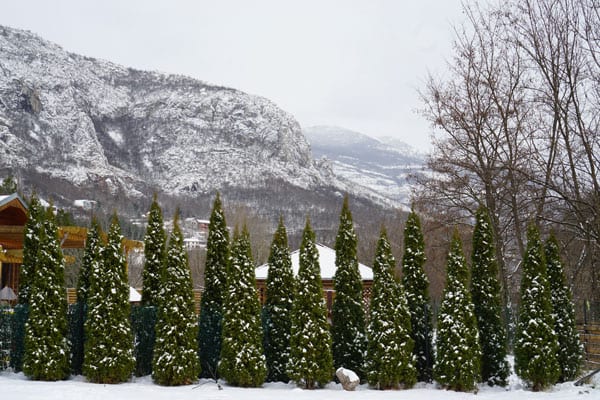
How Many Days to Spend?
You could easily spend a full week in east Serbia, but of course, it depends on how much of the region you want to explore. If you want to see the whole region, we would advise for at least 4 days. This will give you two days to explore the cities and natural wonders along the Danube River, a day to walk around Negotin and Rajac and taste the ancient wines, and a day to tour Niš and the Sićevo Gorge.
How to Get Around?
Though there are buses available to east Serbia, we recommend renting a car, if possible. You can compare schedules and prices directly through Omio, but having a car will make it much easier to get around and have control over your own schedule. Just be careful throughout the mountains as the roads tend to be narrow and windy.
There are local rental options that we’ve used before, including Zim Car Rental Beograd. But pick-up options are only offered in Belgrade and they do run out of cars pretty quickly in peak season. For a larger option with more variety, we recommend using Discover Cars. The site is very user-friendly and aggregates all types of vehicles and prices to make sure you find the best deal.
When to Visit?
For us, the best time to visit east Serbia is between April-June and September-November. The trees and mountains are blooming and the weather is absolutely perfect. You’ll also notice people really come alive once Spring hits and temperatures become milder, and the Fall months push everyone to enjoy the last few months of sun and the turning leaves.
Things to do in East Serbia
City of Niš
Niš is the third-largest city in Serbia and a 2.5-hour drive from Belgrade. The city had a rough history – from 400 years under the Ottoman occupation and 3 years under Nazi occupation, to allied bombings in 1944 and Nato bombings in 1999.
A lot of that darkness is still visible in the city, but today Niš is one of the most significant economic sectors in Serbia and a bustling city with a lot to offer. You can take guided tours to Nis directly from Belgrade, Sofia, and Skopje.
Niš Fortress
The structure we see today dates back to the Ottoman rule back in the 18th Century, but there has always been some sort of fortress in place in that strategic location. The Romans and Byzantines all used it, and it was taken over by Bulgarians during World War I and used as a prison.
We’re of course biased and absolutely love the Belgrade Fortress, but this one gives the capital a run for its money. It stretches over 22 hectares (about 41 football fields!) and it’s overall very well preserved. There are remains throughout, including a mosque, a Turkish bath, and an open-air theater. The fortress overlooks the Nišava River and it’s a popular hangout spot for locals and dog walkers.

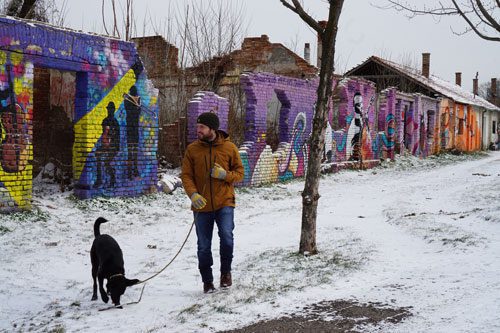
Skull Tower
This is a quick stop, but well worth it for how unique it is. Put bluntly, it is a wall of skulls inside a chapel, and surprisingly well preserved. The wall was built by the Ottomans in the early 19th century during the First Serbian Uprising. The story says that during the famous Battle of Cegar, Serbian rebels were surrounded by the Ottomans. Their leader knew they would be captured, so he detonated a powder magazine killing everyone.
In return, the Ottoman ruler ordered that a tower be made from the skulls of the fallen rebels. Initially, there were 952 skulls, but today there are 58 remaining. As you can imagine, it is seen as a symbol of Serbian courage and independence, so it’s visited quite often and well-respected by locals.
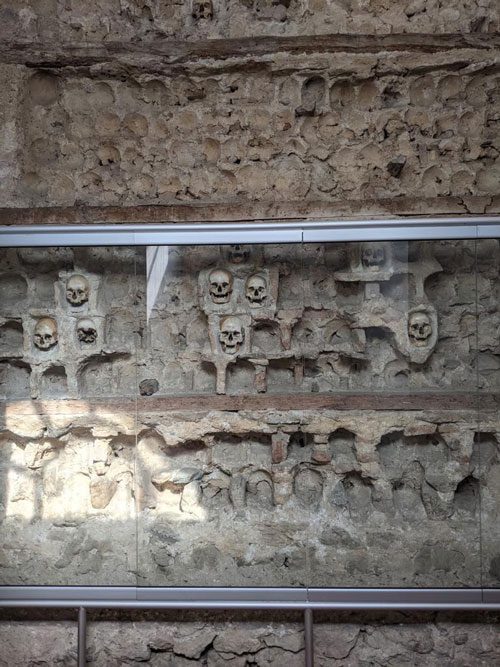
Crveni Krst Concentration Camp
If you grew up in the West, you probably didn’t learn a lot about the impacts of World War II on Eastern Europe. This is one example.
A bit of history – Axis forces invaded the Kingdom of Yugoslavia in early April 1941 and Belgrade was captured 6 days later. The Axis instituted a puppet government to carry out their policies throughout most of Serbia proper. This was the first Nazi concentration camp created in Yugoslavia, and about 30,000 passed through the camp, and it is believed that about 10,000 died.
The camp has been converted into a memorial museum, considered to be one of the best-preserved. As you can imagine, the visit is tough but truly astonishing. The door to the camp is closed, so it almost looks as if it’s not open to the public, but you can walk in and the feeling is quiet and ominous after that. The museum is well done, including some history, facts, and even anecdotes. You’ll get to see most of the camp, including the space where people slept and lived, as well as the grounds surrounded by a wide gray wall. Just note that it closes at 3pm, so you’ll want to make sure to get there early.
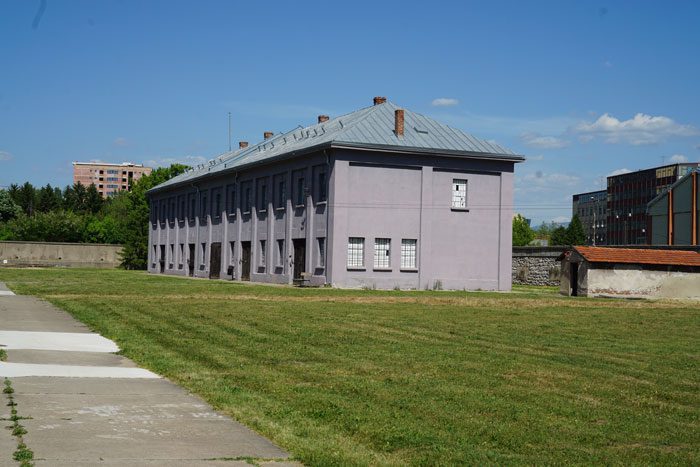
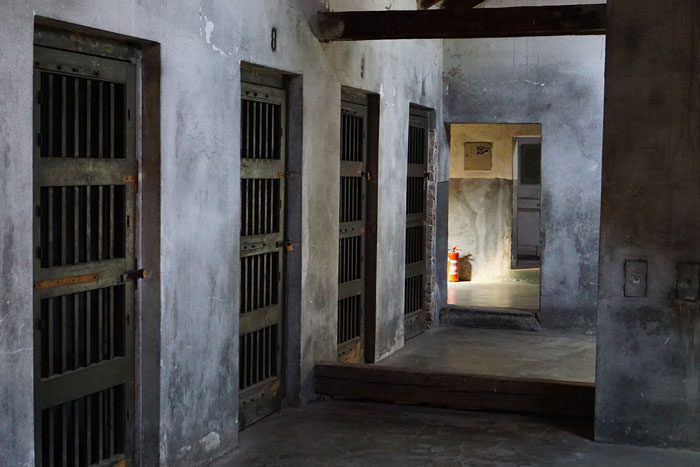
Bubanj Memorial Site
This is a memorial site built to commemorate the thousands that died there during World War II. The Nazis chose this area to conduct mass executions, killing over 10,000 people. Executions here surpassed 100 per day after several escaped from the Red Cross Concentration Camp in February 1942. This was the first organized escape from one of these camps. Almost 150 detainees took part in it, though only 105 managed to escape.
As the war neared the end, Nazis ordered the captured to dig up the trenches and burn the corpses to destroy all evidence of the atrocities. As a result, it’s impossible to know how many really died in this area. Now, the area is honored through three obelisks, showcasing raised hands with clenched fists. They are all different sizes to portray everyone who died – men, women, and children.
Today, the area is visited daily by locals and used as a site for picnics and games. Though the unmissable monument is a strong reminder of what took place and a symbol of resistance.
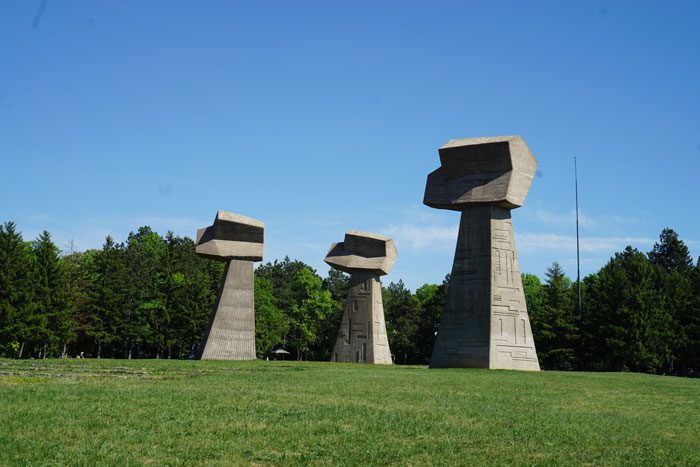
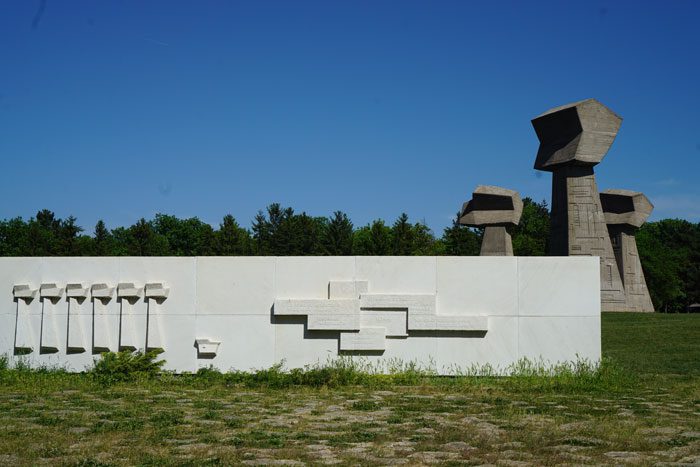
Tinkers’ Alley and City Center
This is now a famous pedestrian area in the city, though it used to be filled with merchants during Ottoman rule. Today, the area is filled with restaurants and cafes and it’s close to the Nišava River. The city is busy and getting more crowded, but the visit wouldn’t be complete without a walk through the city and a cafe at any of the outdoor spots.
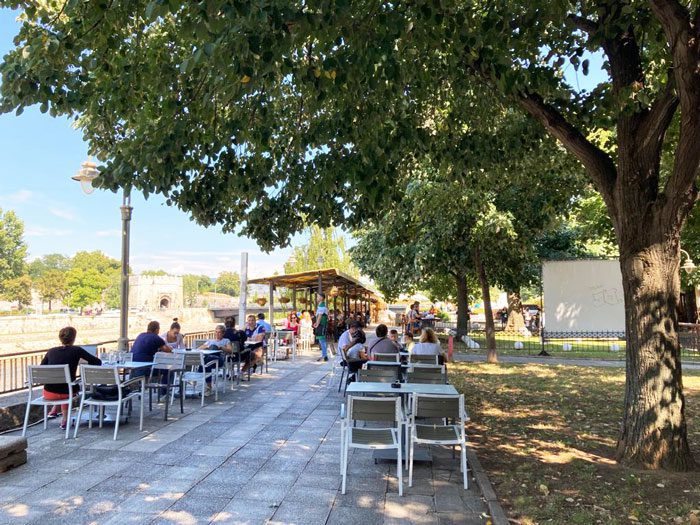

Malča Winery
The winery is just about a 10-minute drive from Niš, but totally worth it. The winery is spacious, with a beautiful restaurant and a large outdoor area. The food is quite good and the prices are unbeatable – we tried their tasting menu and had 3 courses and 4 glasses of wine for under $15 per person.
They have eight clay amphoras buried in the ground – so they say you can enjoy the same quality wine that Emperor Constantine the Great drank in the past. There is an antique cellar with wooden barrels used to make the reds and a more modern one with concrete fermenters.
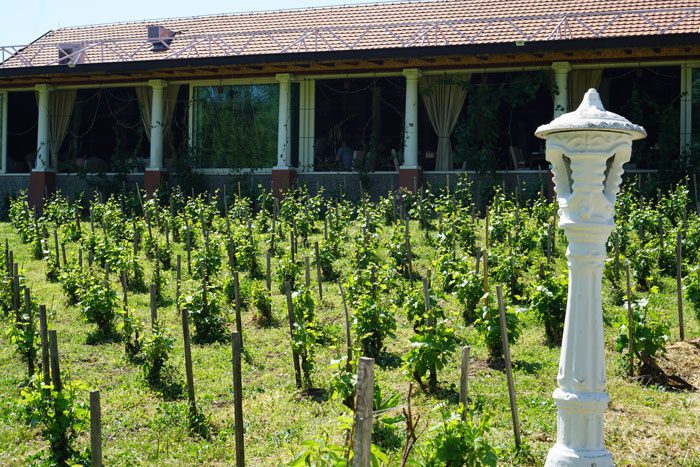
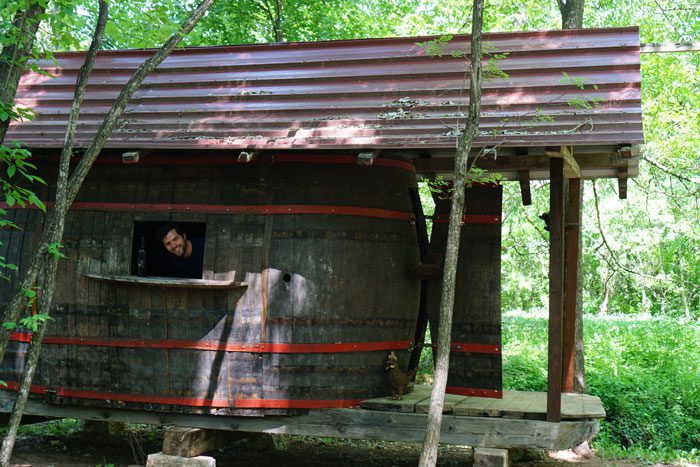
Nisville Jazz Festival
This is a summer festival held every year in the Niš Fortress. Though we haven’t yet gotten the chance to attend, it sounds amazing. Locals say that since the beginning, the goal has been to fuse jazz with other ethnic traditions, especially from the Balkans.
This year, it’s happening from August 12 through the 15 and if you look through the lineup, you can get a sense of the incredible diversity they strive for. Plus, we can’t really think of a better concert venue than an ancient fortress!
Village of Sićevo
This is a small village about 30 minutes away from Niš – and where we chose to stay during our visit. It is a small and fairly remote village, but definitely worth the visit. It used to be a wine-producing area during Yugoslavia but was decimated after the fall.
Today, the village is trying to reinvent itself with small wine or honey producers, reconstructed homes turned into b&bs and small museums, and locals choosing to become park rangers to take people around and show them the beauty of the region.
We were lucky enough to meet Dušan Smiljanić, one of the park rangers who formed the Via Militaris Ranger Club, and we wouldn’t have seen nearly as much as we did without him. If you’re looking to explore Sićevo proper, the mountains surrounding it, or even Stara Planina further to the east, we would highly recommend you contact him for a tour. He’ll make life so much easier and the visit so much more memorable!


Sićevo Gorge
This is a spectacular 17km river gorge formed by the Nišava River. We have now seen it from multiple locations thanks to our tour guide, Dušan. There are long hikes that will take you to stunning viewpoints or Dušan can take you to easier spots by car. Regardless, it’s worth the visit.
The gorge has two hydroelectric plants built in the early 20th Century and designed by Nikola Tesla. One of them still provides electricity to Niš today. The gorge is surrounded by history, and you may be able to spot remains of Via Militaris – the ancient road leading to Constantinople.
We should note that the trails or pathways aren’t always clearly marked (back to the less developed traits of east Serbia), so working with a guide like Dušan is key.

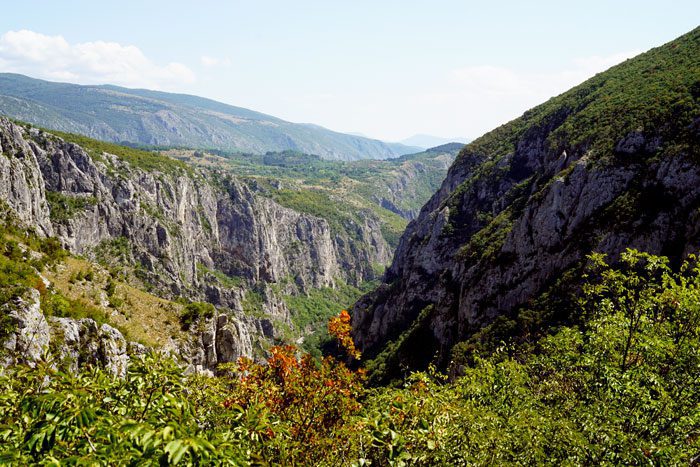
Stara Planina
This is one of Serbia’s most impressive mountains and about a 1.5-hour drive from Niš. The mountain range connects Serbia to Bulgaria and it has endless stretches of untouched nature. We have sadly not yet been, but it is high on our list of places to visit in east Serbia.
From what we hear, the area is filled with meadows, river gorges, and valleys. It has ski areas with snow about 5 months out of the year, incredible biodiversity, and even a “Stone Village,” with many old houses built completely in stone. We recommend working with Dušan to plan your visit to ensure you get the most out of it.
Places Along the Danube River
The Danube River is the second-longest in Europe and links the countries of the Balkan Peninsula to each other and the rest of Europe. The river flows directly through Belgrade, but also through multiple other towns across Serbia, all the way to Romania. This can make for a great road trip adventure, which you can follow along here.
Golubac Fortress
This fortress is less than two hours away from Belgrade and it is honestly impressive. It’s located right on the Danube River, overlooking Romania (which is right across the river). What makes the fortress so special is that it’s perked up on a hill, with 10 different towers emerging from it. The fortress has been fully reconstructed and reopened in 2019.
Like much of East Serbia’s history, this medieval fortress has had a rough history. It has changed hands way too much, from the Turks and Bulgarians to the Hungarians and the Serbs. But they say the fortress is quite distinct in that it has successfully driven away over 120 attacks throughout its history.
The fortress marks the entrance to Djerdap National Park and it’s located on the embankment of the Danube River. Here, the river narrows to form the Iron Gate, helping regulate boat traffic.
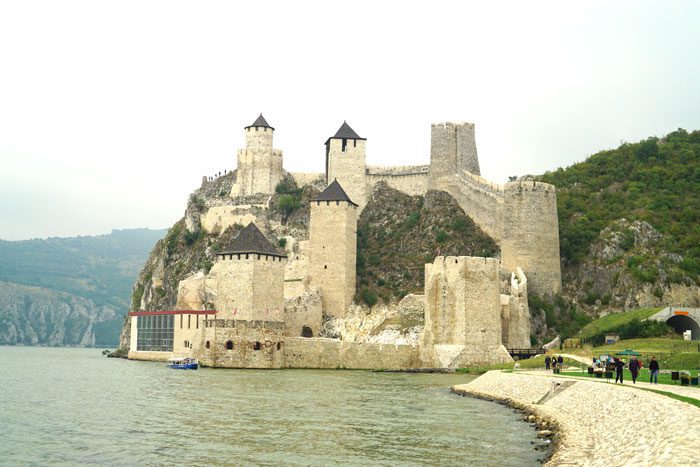
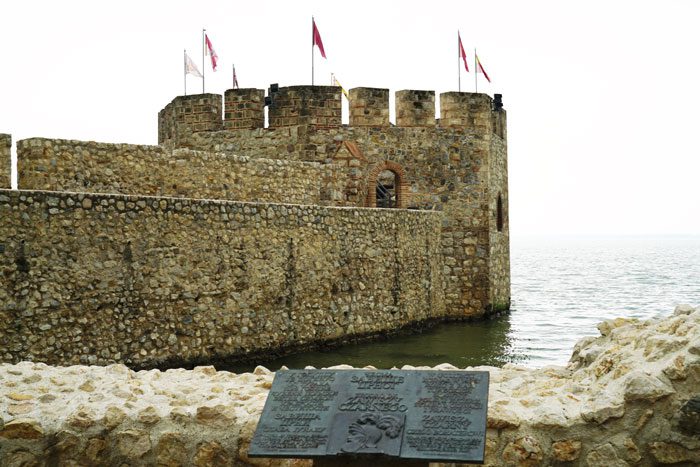
Djerdap National Park
This park starts at the Golubac Fortress and continues all the way to the dam near Novi Sip. There are two ways to explore it: 1) the traditional hiking approach; or 2) taking a riverboat. We have done both and truly, one is not complete without the other.
There are lots of hikes you can take around the park to see stunning views of the gorge. There are some short and decently marked trails that you can do on your own, but if you’re looking for an all-day adventure, it’s best to go with a guide. As always, our wonderful friend Zeljko would make a great addition to your visit.
The other option is hiring a riverboat – and here you can choose the length of the trip, anywhere from 1 to 10 hours. We went for 2 hours and thought it felt like the right amount of time. You can grab these from Golubac, Donji Milanovac, Tekija or Kladovo.
Though seeing the Iron Gate from a mountain is stunning, the perspective from the water shows just how impressive this gorge is. Plus, you’ll get to experience a bit of history, as you pass through Roman memorial plaques and a rock sculpture carved with the face of the last king of Dacia.
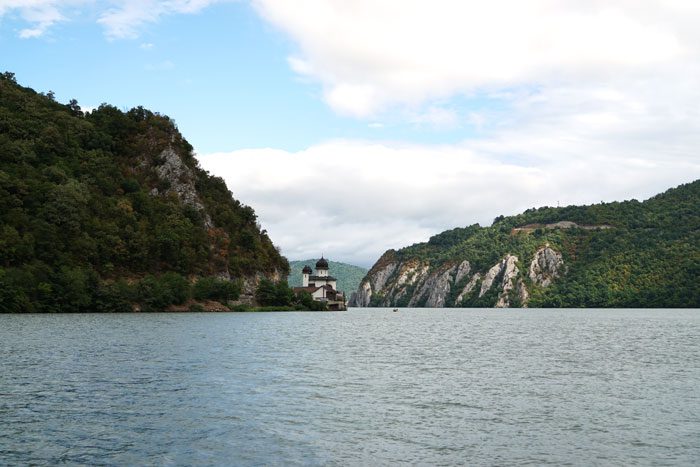
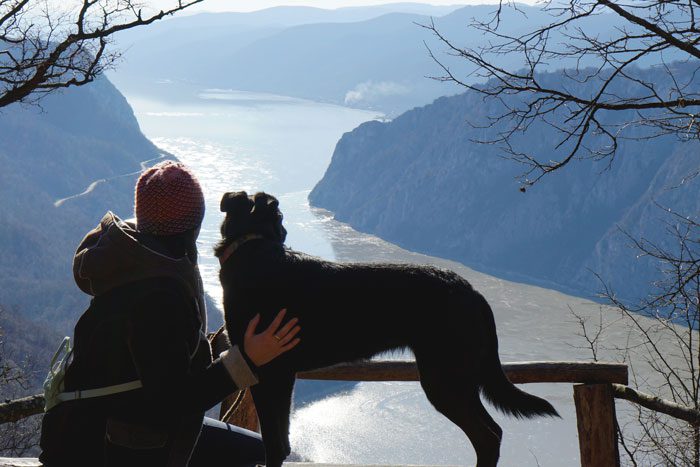
Restoran Lepenac
If you’re driving through this area, you will certainly want to stop by Restoran Lepenac. It’s right on the Danube River and has great outdoor space. The food is simple and traditional, but of great quality. We especially loved the tomatoes and the homemade bread.
Valja Prerast
This is a perfect natural bridge (an honestly rare moment in nature), a bit south of Donji Milanovac (so not directly on the Danube River, but close). It’s the biggest natural stone bridge in Serbia, caused by erosion from the river over the course of centuries.
The hike is a bit over 1km to reach the bridge, and although the beginning of the trail starts right next to someone’s yard, the trails are well marked and follow the Beli Izvorac river. Having our friend and wonderful tour guide Zeljko Petrovic did make the hike a lot easier and more interesting! The river varies from fairly shallow to fuller, but just remember, the rocks are slipperier than they look (we made that mistake!) If possible, get to the bridge as the sun is starting to set, for great photographs.


Kafana kod Bufana
If you go to Valja Prerast, it is well worth it to stop at this restaurant. It is a very traditional spot, with influences from the Vlach community. The Vlachs are an ethnic minority in east Serbia that speak a variety of Romanian but consider themselves neither Serbian nor Romanian. Don’t expect anything fancy, but the food will be fresh and homemade and the service will be wonderful.
Kladovo
The city of Kladovo is further east, about 3.5 hours away from Belgrade, and all the way to the Romanian border. The drive alongside the river is worth it on its own and the small city center does have some nice cafes. But, what made us fall in love with Kladovo is the area of Petrovo Selo and the Vila Promaja Airbnb in particular.
This is unlike any other spot we’ve stayed in before and one of our favorite places in Serbia when we want to relax and recharge.
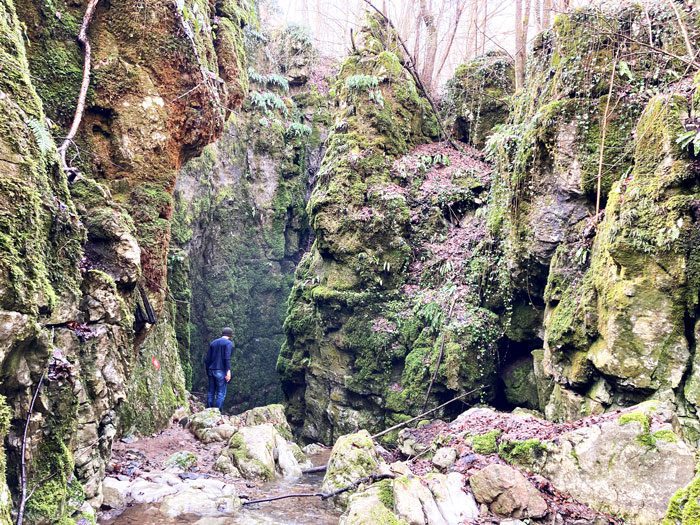
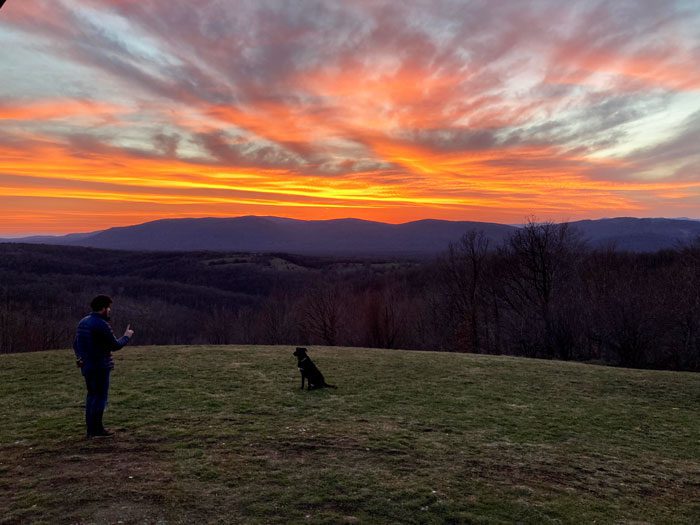
City of Despotovac
The city of Despotovac is less than two hours southeast of Belgrade. It’s between the Kučaj mountains on the west and plains on the east, offering a little bit of everything when it comes to nature.
Manasija Monastery
We have seen a few monasteries across Serbia, but have to say this one is by far the most impressive. It is tucked into the mountains and surrounded by massive medieval walls and towers. It was founded by a Serbian ruler back in the early 15th Century, but its history is kind of an enigma.
During the 600+ years of wars and invasions, the monastery was often burned and destroyed. The Turks, for instance, used the monastery as a fort and the church as a horse stable (you’ll notice many of the saints inside have their eyes scratched off because of Muslim traditions). But despite all of this, the monastery became a cultural center, well known for preserving manuscripts and translations, and today considered one of Serbia’s jewels. Our friend Zeljko is an expert here and should be an addition to your visit if you want more insights on culture and religion.
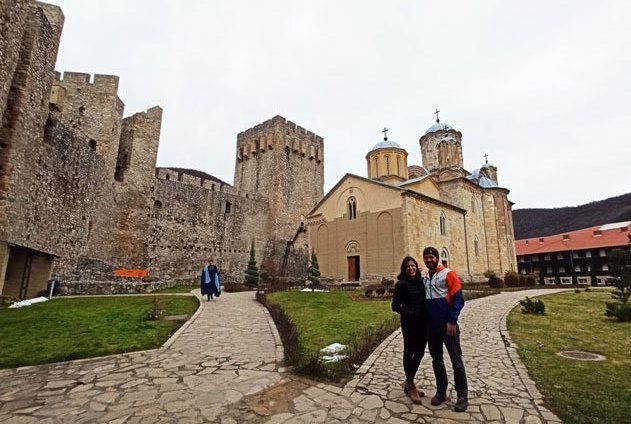
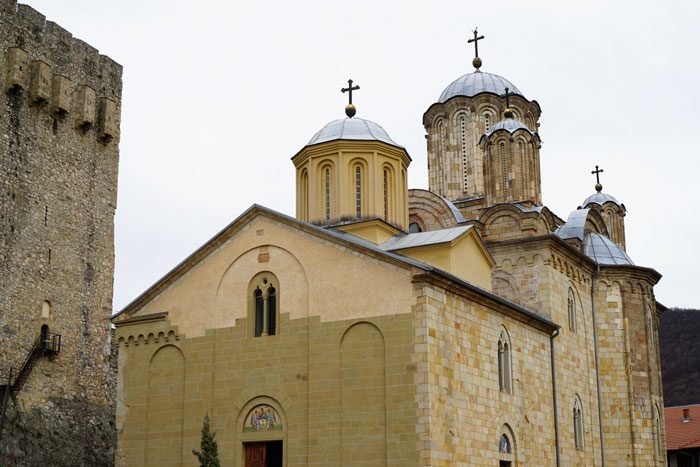
Resava Cave
This is one of the oldest and most beautiful caves in Serbia. It’s about 80 million years old and 4.5 kilometers long, though only about 3,000 meters are explored thus far.
Regular tours are offered throughout the day along with a local guide. The visitor’s path is about 800 meters long, descending 80 meters down. The cave is thoroughly impressive – you’ll be able to walk through two levels, exploring stalactites that look like beehives, a totally dry area with the ceiling made of waterproof marble, and the spot where the skull of an arctic fox and a prehistoric human fireplace were found.
Make sure to bring a jacket because it’s always about 7 degrees Celsius (45 Fahrenheit) inside the cave!

Veliki Buk Waterfall
This is one of the largest waterfalls in Serbia, with a turquoise pond that forms at the bottom of the falls. The fall has less water in the summer months, so generally best to visit in the spring. It’s not a tough hike to see the falls, though there are opportunities to hike up and find a nice view of the countryside.


Lisinski Raj Restoran
If you visit the falls, you want to make sure to stop at this restaurant. It offers traditional Serbian food, but it is a complete surprise. The restaurant is partially built in a cave, along the streams that flow down from the falls. There’s also an old water mill nearby that is now used to mill flour for the fresh bread served by the restaurant.
Krupajsco Vrelo
This is a freshwater spring, further north on the way towards the city of Milanovac. The spring is a beautiful turquoise color that quickly transports you to another place. Even in the cold winter months, it looks almost tropical.
There is also the Krupajsko vrelo restaurant, which farms trout straight from the spring. In nice weather, you can have a picnic and try the trout from their local pond.
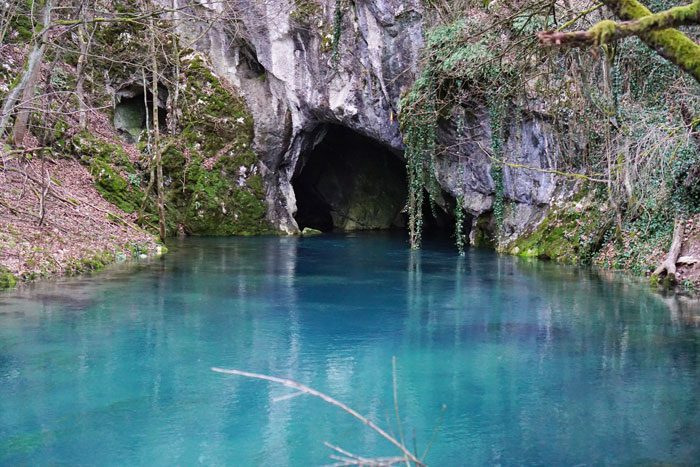
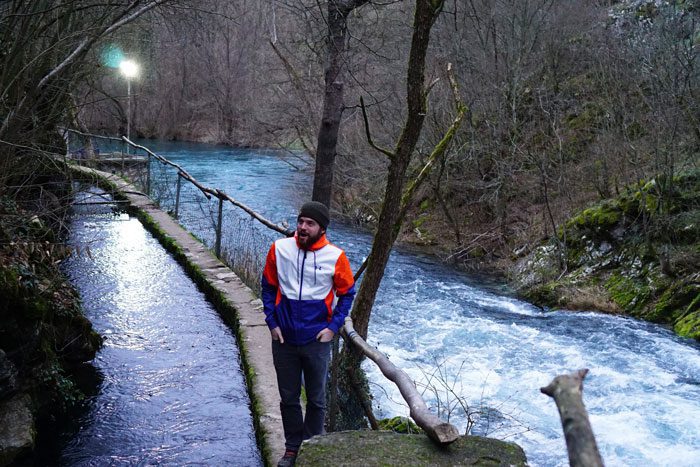
Homoljsko Brewery
This was an unexpected stop towards the end of our trip. On our way back to Belgrade, we stumbled upon the brewery and decided to stop in. While the brewery is fully functional, it doesn’t have the traditional tasting rooms that we would often think of.
Instead, we ended up having a beer with the owner of the brewery and his friends in lawn chairs. Like many things in east Serbia, the experience was not what we pictured. It wasn’t the traditional beer tasting we had in mind – but it was memorable. It turned into a chance to meet and talk to locals to really get a sense of their industry and what life is really like in east Serbia.
City of Negotin
The city of Negotin is 3.5 drive away from Belgrade, as far east as you can go in Serbia and near the borders between Serbia, Romania, and Bulgaria. Many in Belgrade haven’t ever been to Negotin, but what attracted us most to the city was its history of winemaking – going back for more than seven centuries.
While a lot of east Serbia is known for mysticism and magic, Negotin may lead the charge here. With its large Vlach community and rich history.
Rajačke Pivnice
This is the magical wine area, about 30 minutes away from Negotin. You’ll go through the town of Rajac, and 2 kilometers later (quite a bit of it uphill and through backroads), you’ll stumble upon a neighborhood of stone houses. Everywhere you look, there are stone houses – some of which still serve as wine cellars today.
Apparently, these incredible houses were built after the phylloxera parasite came to Europe and destroyed most wine production at the end of the 19th century. This area remained unharmed thanks to the dry and sandy soil. Seeing the opportunity, winemakers stepped in to fill the massive wine shortage, gathering the funds needed to build the limestone structures.
A couple of things to note: you’re going back in time when you enter Rajačke Pivnice. The technology is certainly dated and you won’t be getting a traditional wine tasting. Instead, you’ll get to try each and every single wine they make (they’ll pour you a full glass unless you stop them) and you’ll be made to feel like a guest rather than a customer.
We decided to park immediately after reaching the village. As soon as we parked, someone came out to greet us. We tried a lot of their wine and the family then walked us around the town. They even invited us in to enjoy the afternoon with them and to try some delicious traditional Serbian dishes.
Our recommendation is to go with an open mind and open heart. Knock on doors if no one comes out and enjoy the wine and the return back to the 18th century!
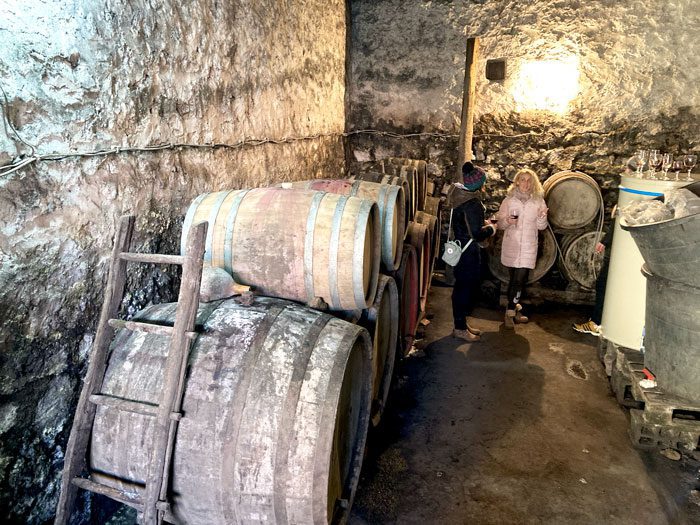
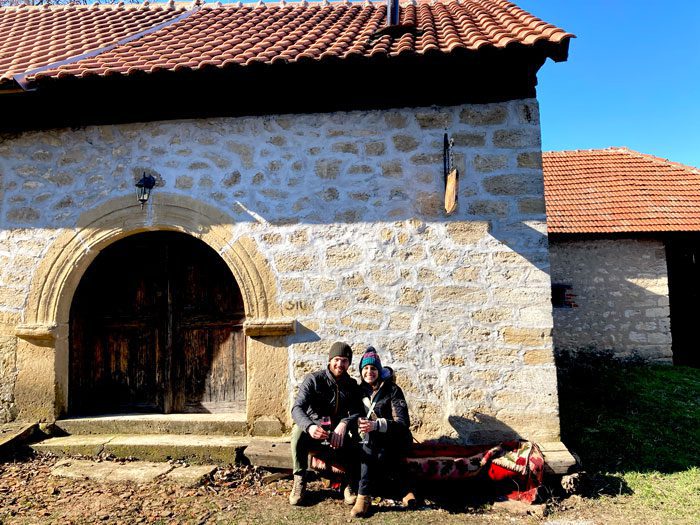
Rajac cemetery
The cemetery is at the end of Rajačke Pivnice and worth the visit. It is incredibly unique as many of the headstones were built from the same sandstone used to build the houses. It’s also very old, with the older headstones having pagan symbols written on them. The more recent gravestones pay homage to the winemaking traditions with various insignia and drawings. The family that gave us the tour showed us their grandfather’s headstone and in his honor, poured a glass of wine over his grave. It seemed strange to us but here, wine is their history.
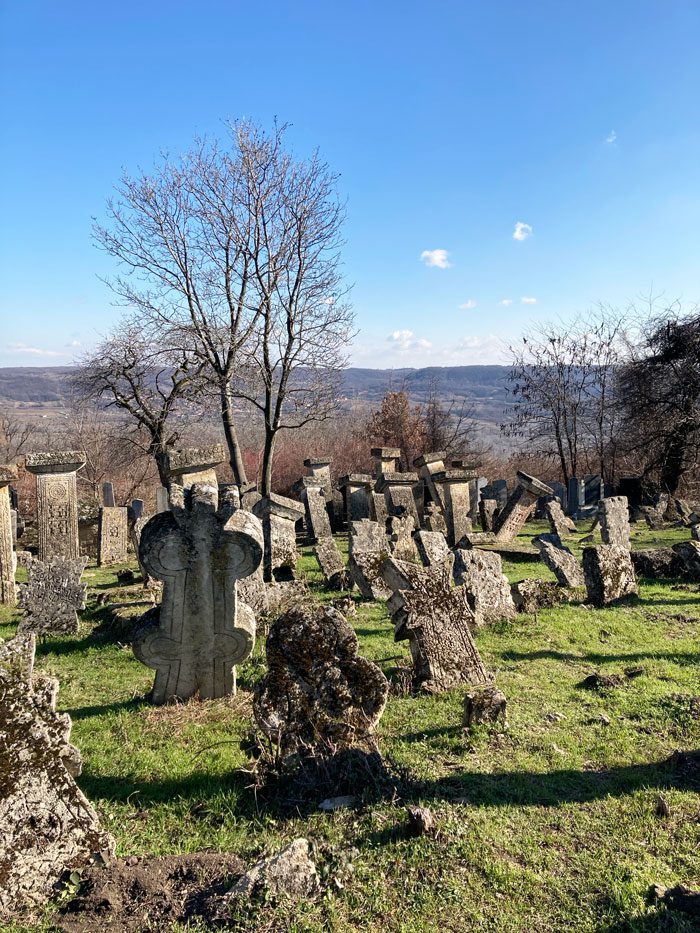
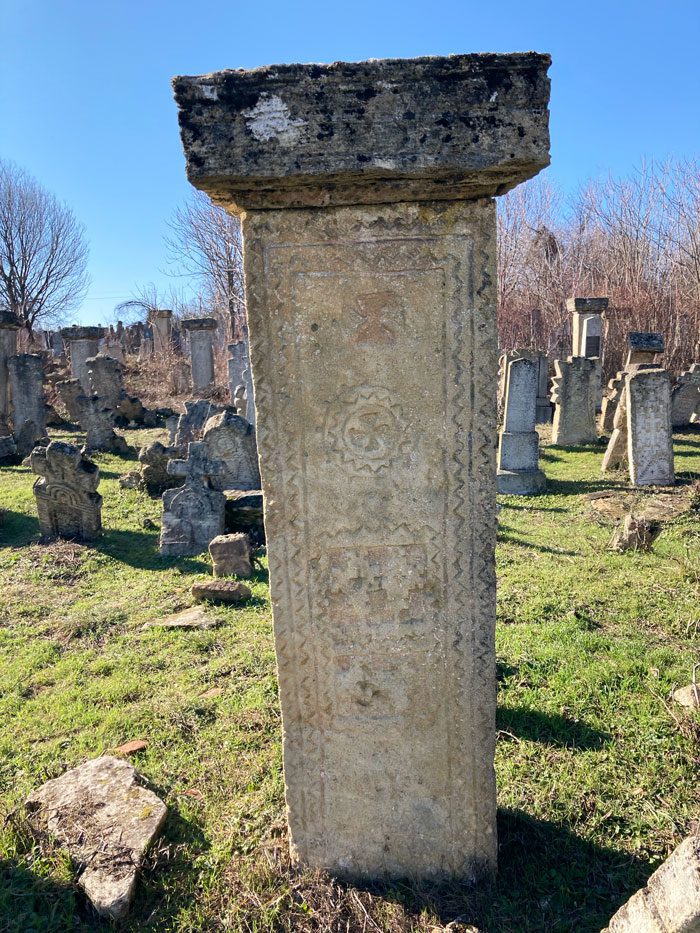
Hikes
In addition to the wine, there are some spots about 30 minutes away from Negotin to hike around and enjoy nature. If you go south, you can reach Mokranjske stene, a nice waterfall, and a great picnic spot. Or, if you go north, you can hike around the town of Vratna, starting at the Vratna Gates.
Matalj Winery
As we mentioned, a lot of east Serbia involved tradition, history, and myths. Put frankly, there aren’t many spots known for being modern. But this restaurant and winery are the exceptions – so much that it’s become one of our favorite restaurants and an obligatory stop when we’re nearby.
It’s inspired by Serbian food, but with a twist. The portions are delicate and smaller (more tapas style) and the wine is delicious. Plus, the indoor area is great with floor-to-ceiling windows, or they offer a terrace with an outstanding view of the vineyard. We highly recommend you make the stop!
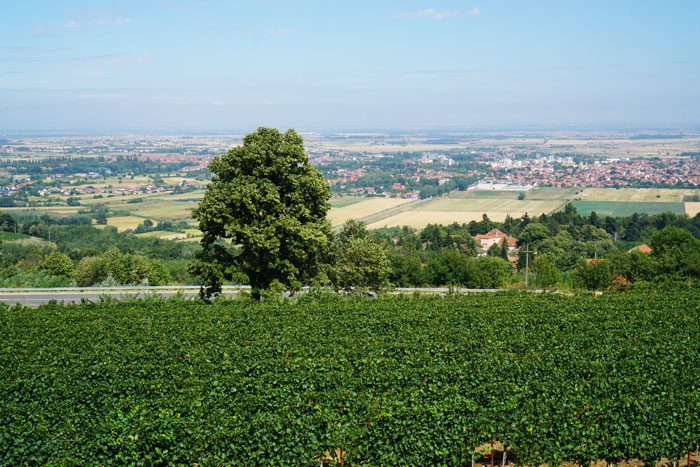
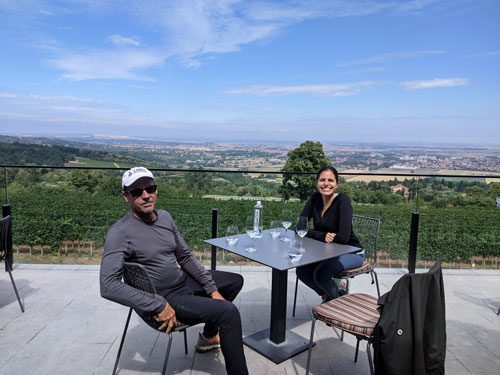
Where to Stay in East Serbia
As mentioned, most of east Serbia is less developed than the rest of the country, but there are some spots where we’ve stayed and have absolutely loved.
Konak Ramonda Hotel (Sićevo)
If you’re choosing to stay in Sićevo as we did, we highly recommend staying in the Konak Ramonda inn. It’s owned by a husband and wife who bought the house and found antiques dug in the basement. Today, they’ve turned it into a wonderful small museum and a beautiful inn. The rooms are comfortable and spacious and the area has wonderful views of the mountains. We have been incredibly spoiled every time we visit!
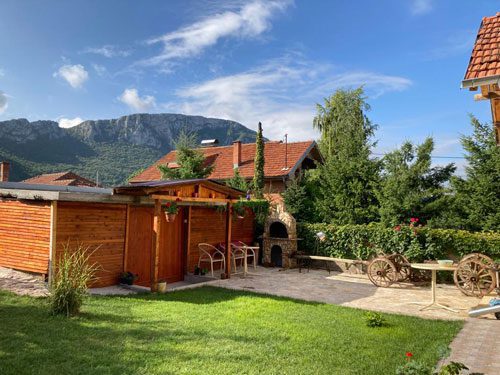
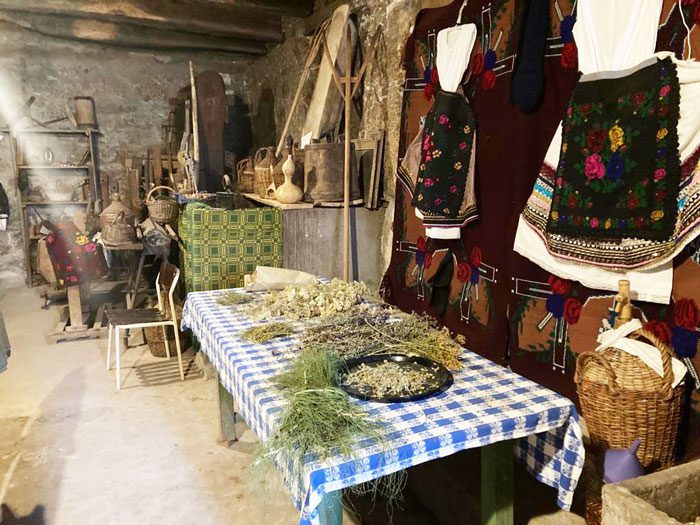
ArtLoft Garni Hotel (Niš)
The ArtLoft Garni Hotel is a nice hotel with modern and clean rooms, friendly staff, a filling breakfast, and perfectly located in the center of Nis. It’s close to bars and restaurants and only a 20-minute walk from the fortress.
MON Accommodation (Niš)
The MON Accommodation is a great spot if you’re looking to stay a bit closer to the river. The rooms are well equipped and the staff has great reviews. The property also offers a reserved parking spot, which is very convenient in the city.
Vila Promaja (Kladovo)
Vila Promaja is unlike any other spot we’ve stayed in before. It’s not really reachable by a city car so you first have to drop off your car at the hosts’ house in Kladovo and borrow their 4×4 SUV. Then, you’ll have to drive basically off-road for 30 minutes until you reach the place. The views are absolutely stunning and it has the best sunset we have ever seen.
There are only a few houses around this area and mostly wilderness surrounding you. There is a grill outside so we could let the dog roam free while we cooked dinner. There is also a trail that is about 5km long and starts right at the house. It takes you to a relatively unknown natural wonder that they’ve named the “German Abyss”.
Just make sure you bring enough food, water, and anything else you’ll need because you won’t want to waste any time driving in and out of the property to get supplies.
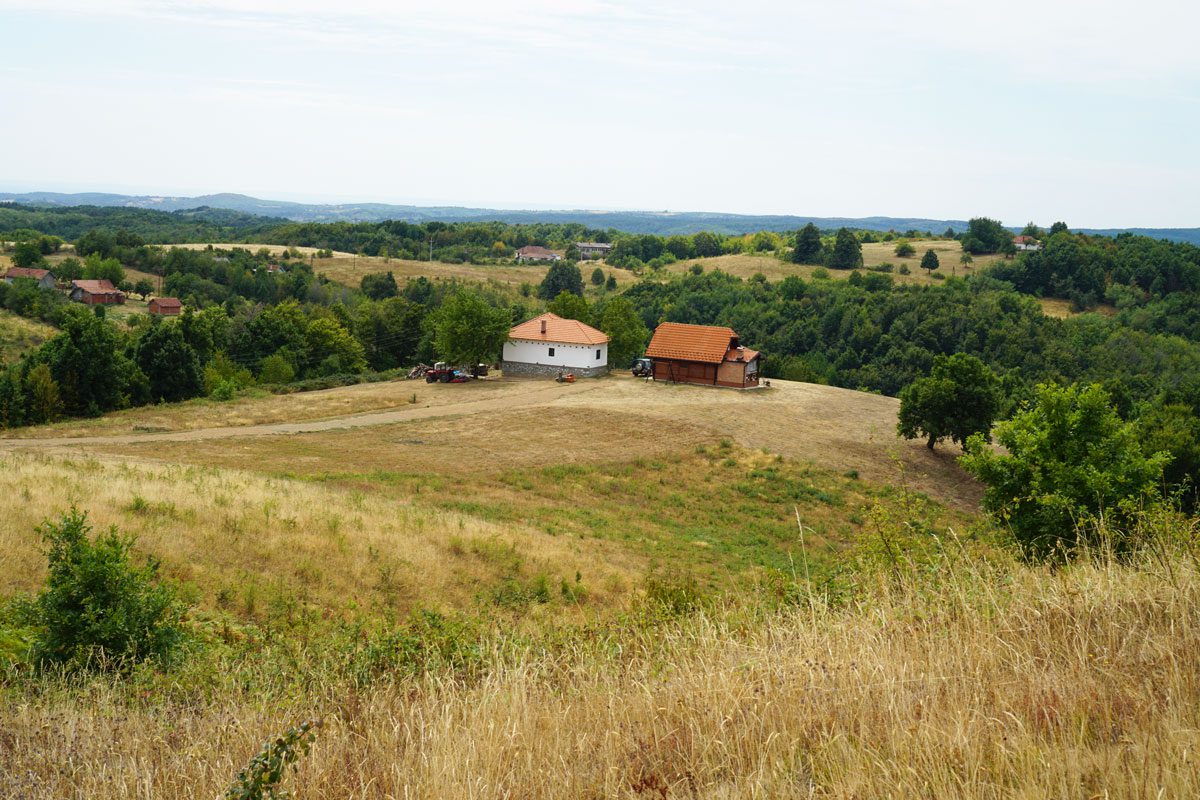
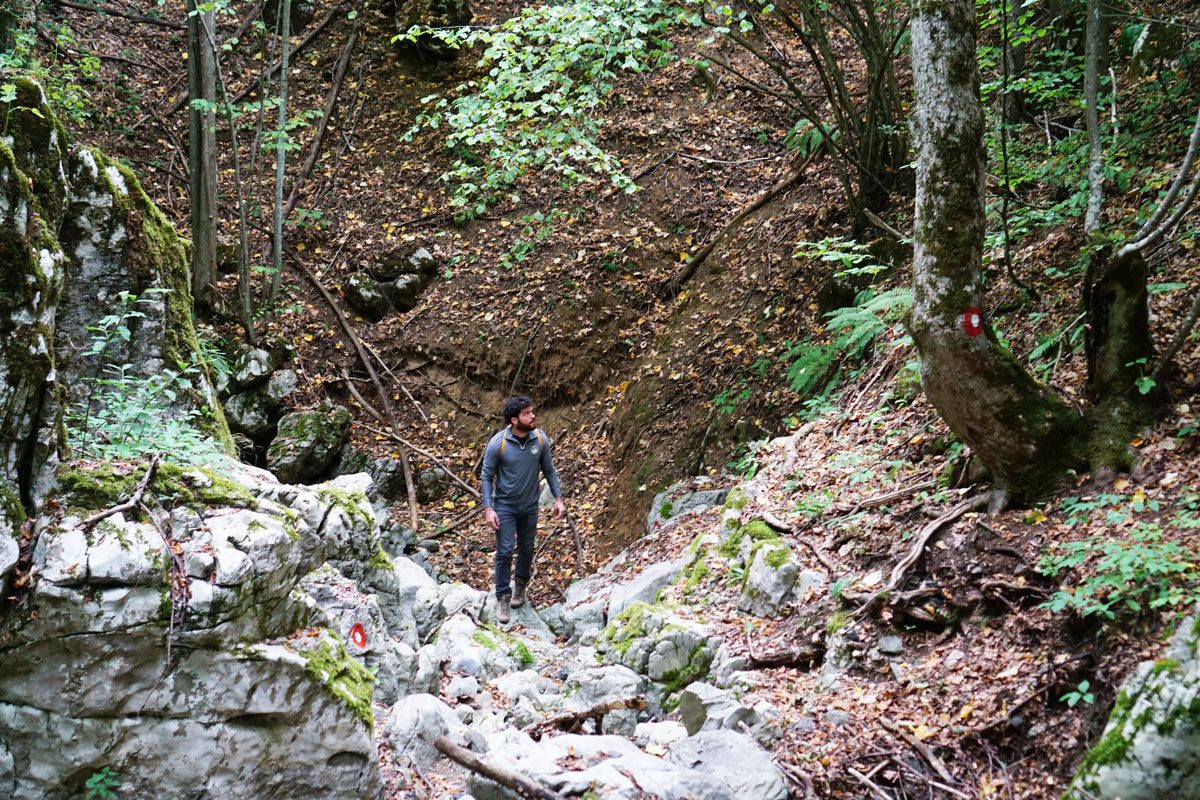
Vila DeLux (Negotin)
If you choose to stay in Negotin, we recommend staying at Vila DeLux. It’s a great spot, with comfortable rooms and close to the city center. The hotel has a great pool and beautiful gardens, and they offer a nice breakfast, included with the stay.
More Serbia Travel Guides
Belgrade
West Serbia
North Serbia